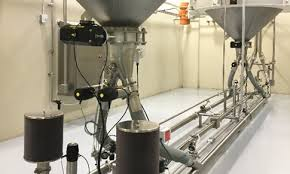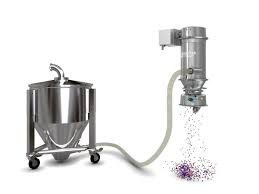
Using a pneumatic conveying system is a safe and efficient way to move materials. This type of material handling technology is designed to move aggregates, dry low-density products, and cohesive materials. It’s also easy to install and maintain.
A pneumatic system is composed of a few key components. These include an air mover, a feed system, and a conveyor line. Each of these components has its own particular task. It’s also important to consider the size of the air mover, the flow rate, and the length of the line. When you require Pneumatic conveying, go to a site like aptech.uk.com/pneumatic-conveying-systems/
Pneumatic systems are a cost-effective option for many processes. They are designed to deliver supplies to a specific location and can be adjusted to suit changes in demand.
If you’re in the food processing industry, you’ll want to make sure your pneumatic conveyors meet the food safety standards. These requirements are in place to keep your customers and employees safe. These are important regulations that govern how you must handle certain types of materials.
The most common applications for a pneumatic conveyor are for the handling of sands, cement powder, and sugar. The ideal materials for these conveyors are small, dry, and low-density.
If you’re looking for a pneumatic conveying solution for moving large, heavy bulk density products, you’ll want to look into a dense phase design. The dense phase is perfect for fragile materials, and the low speed ensures that the materials do not break down.


